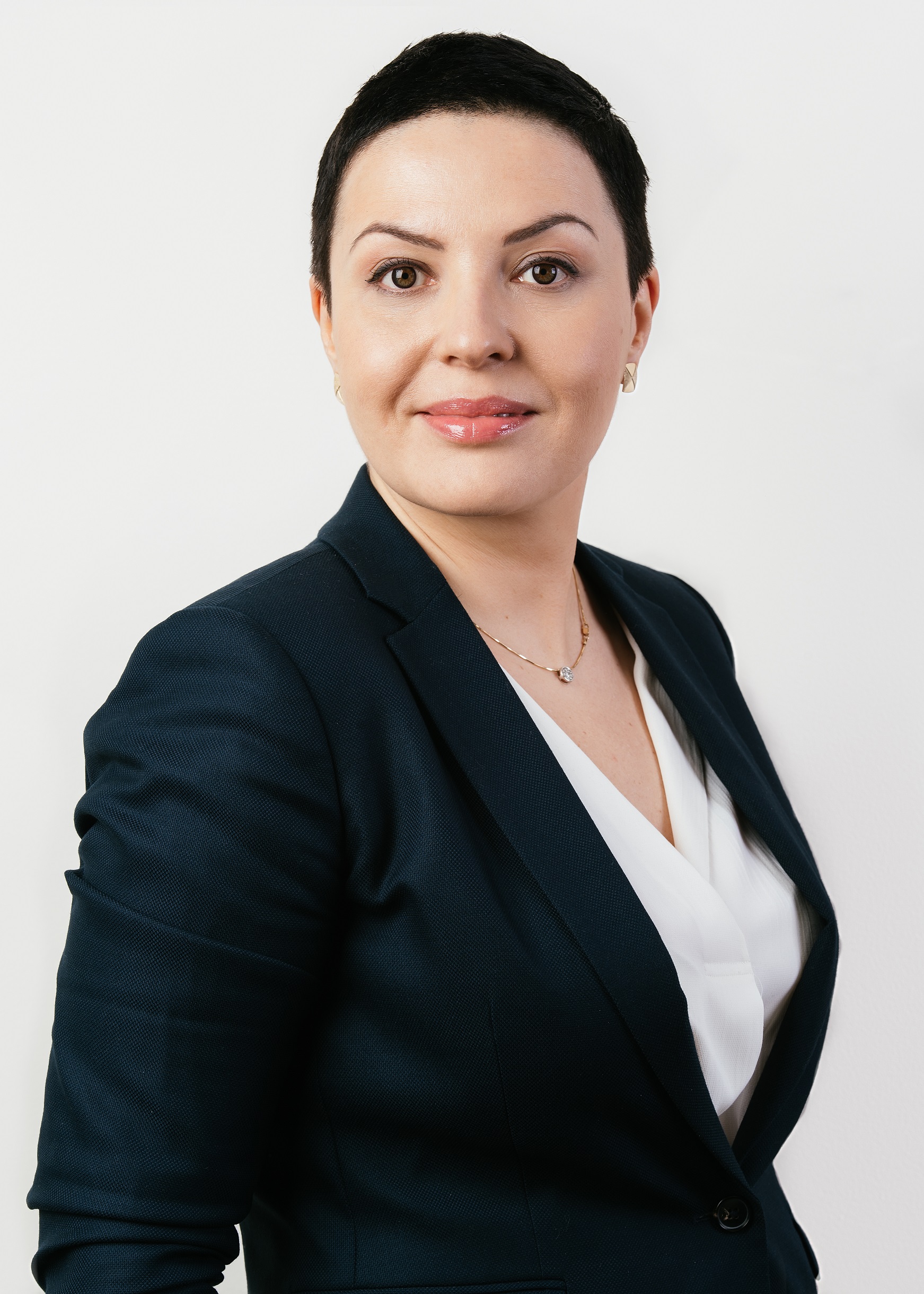
Skills for the future - Implementing inclusive hiring practices at SAP
By the Editorial staff
Vera Solomatina, SAP’s new HR Director for Italy and Greece, is a lawyer by training who went on to study psychology, followed by an MBA in Management. Until December 2020, she worked for SAP’s Russian Market Unit, where she pioneered an inclusive hiring project. Here, Vera gives us a brief overview of the skills of the future from an IT vendor perspective.
‘Most people can gain new skills very quickly,’ Vera explains, so she prefers to talk about competences, which she divides into four key areas: collaboration, creativity, communication, and developing a critical mindset.
‘It’s very important that people can work in a team and be collaborative. During the pandemic, with everyone working from home, we’ve seen the importance of this; in the office we are automatically collaborative, when we meet a colleague for a coffee, by the printer, etc. Now, sitting at home, we need to push ourselves to do it. The second thing is creativity. Our industry is developing so quickly; many technical specialities are likely to be replaced by automated processes, by robots, within the next 5-10 years. But an individual using their creativity to generate value cannot be replaced by a machine, so this competence gives us the opportunity to be competitive in the labour market. Communication is also extremely important, because it’s important not only to do things, but to tell people about them – we are exchanging experiences, inspiring other people – so being a skilled communicator is a very important competence. Finally, developing a critical mindset is essential because a huge amount of information goes out to people from many different sources, and we need to understand what is correct, which information we can trust, and how we can act accordingly.’
Including people with disabilities in the workforce is a high priority for SAP. ‘Computer skills are essential for everyone entering the labour market, but particularly so for people with disabilities,’ Vera explains, ‘because good career paths and new industries that are open to people with disabilities are all in some way connected to IT skills.’ In her experience with hiring, people with training that involves software engineering, testing or design, or social media marketing, for example, are much more likely to be successful in the labour market. ‘Their skills are international; they are a good fit for many companies. They can also work from home – many of us have had to during the pandemic – but some people are literally housebound. However, if they have computer skills, they can participate in the labour market equally.’ Vera recently worked as an ambassador for hiring disabled people in high-tech companies in Russia, and hopes to bring this project to Italy, too. ‘I started the project in SAP Russia based on a specific methodology to increase the presence of disabled people within the organisation. I leveraged my professional network, which includes other HR Directors of high-tech companies, to have this methodology adopted outside of SAP. The experience was really rewarding.’
Several companies followed suit once Vera had shared SAP’s experiences, and began implementing inclusive hiring practices within their companies. ‘It was a really great experience and an interesting scenario for Russia, because like in many other countries, we have quotas for people with disabilities, but many open positions tend to be left unfilled because we cannot find individuals who are qualified to fill them. There is a huge gap between the positions and the skills that many disabled candidates can offer. Unfortunately, the scope of professions that have traditionally been available to disabled people do not match those available in the new economy. And so our idea was to create internships, which require zero prior knowledge, so we can hire anyone who is motivated and interested.’ Vera explains that this involves an investment on the employer’s part, but companies like SAP have a wealth of resources, learning materials and development practices to draw on. Once an intern joins SAP, a huge number of opportunities to develop and form knowledge, skills and competences become available to them. ‘Once we hired people on an internship basis, we understood that within half a year, or maximum one year, we would have a professional person who is highly motived, with a very high level of loyalty to their employer,’ she adds. SAP has hired 18 people for these positions, and while they are of course free to leave SAP and join another company once they have completed their internship, over half have stayed and moved to professional positions. They are happy to continue working for SAP because, as Vera puts it, ‘Our SAP ecosystem is a very friendly and inclusive community that supports people with disabilities.’
SAP has a long history of working on the inclusion of disabled people in the workplace and since 2013 has partnered with different organisations all over the world who support the professional onboarding and hiring of people with autism in the company, through a programme called Autism at Work. SAP has hired over 100 people with autism all over the world for professional positions. Vera stresses, ‘This is not “social hiring”, where an individual is employed to just sit there – we hire professional people for professional roles and pay them market salaries.’
Vera is enthusiastic about continuing to work on these projects: ‘An inclusive workplace is a place where all ideas are heard, where people constantly receive new opportunities and possibilities. It is a place where people can show their real nature and their potential. Creating an inclusive workplace means providing people with the right support, and respect, give them the sense of working for a team, and treating everyone with empathy.’